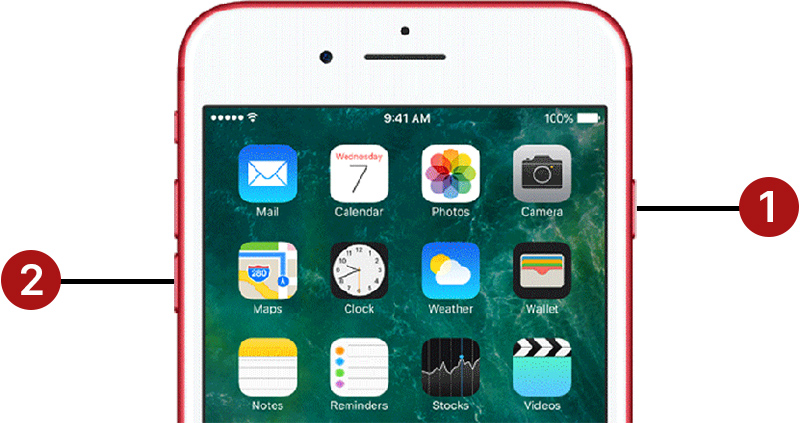

- #How to restart a mac to factory condition how to#
- #How to restart a mac to factory condition mac os x#
- #How to restart a mac to factory condition software#
- #How to restart a mac to factory condition windows#
#How to restart a mac to factory condition how to#
This is how to restore Mac to factory settings. When it finally finishes, you can either enter your Apple log information again or leave the laptop as it is so you can sell it without compromising your privacy.
#How to restart a mac to factory condition mac os x#
The recovery process takes a while because your MacBook needs to download the latest version of the Mac OS X operating system, format your hard drive, and install it. You may be required to enter your Apple login information. Now, click on the OX X Recovery option to begin the Mac factory recovery process. You will be prompted to connect to the internet. You should see the Apple logo appear on the screen, which is your clue that you may release them.Īn alternative boot screen will appear, and it will contain a menu item titled Mac OS X Utilities. Plug in your MacBook into the AC adapter, turn it on, and press and hold the Command key and the letter R. With all important files securely backed up, you can begin the factory reset process. Most web browsers, email clients, personal organizers, and other types of applications let you export user data into a file. Make sure also to back up the applications you use.
#How to restart a mac to factory condition software#
Depending on which backup software you choose, you should also be able to quickly restore everything back to the original state before the factory reset Mac.Īlso, don’t forget that your files are just a small part of your digital life. First of all, it’s much faster to simply create a 1:1 copy of the entire drive rather than going through every folder looking for important files. Our advice is to back up the entire hard drive – not just selected files. You probably have many important files stored on your Mac, and the last thing you want to happen is lose them. Before You Restore Mac to Factory Settings A factory reset wipes out all data on your hard drive and restores all settings to their original state. Once you've confirmed your choices, the utility goes about the business of wiping the drive.Īfter that's done, you can go back to the Reinstall macOS option we mentioned above-choose the Macintosh HD drive, or whatever you've called it, as the destination drive.If you want to sell your MacBook or restore it to its default condition, it’s a good idea to reset Mac to factory settings. You may be prompted to enter your Apple ID and password.Ĭhoose a name to give the disk once it's been reset "Macintosh HD" will do just fine again, unless you've got a good reason to change it. With that done, select Macintosh HD-your main startup disk-and click Erase, then follow the prompts. When the Disk Utility appears, delete any drive volumes with "Data" labels-typically there'll be one Macintosh HD - Data entry that you need to select and delete. Once you’ve made extra certain all the stuff you care about is safely backed up, you can blitz everything by choosing Disk Utility.

You should try a basic reinstall first, but if it still doesn’t give you the performance and decluttering boost you need, you can move on to a more comprehensive reset of your laptop. Visit the Apple website for more info about how to set up Time Machine. People who back up their macOS with the Time Machine feature can also load previously saved data.
#How to restart a mac to factory condition windows#
When Windows reappears, if you've chosen the Remove everything option, you'll need to log in again from scratch using your Microsoft account credentials and put all your programs and files back in place. Otherwise you can leave it be.Ĭlick Reset to confirm, and the process will get underway it might take a while, so be patient. It’s off by default, but it’s a good idea to turn it on if you're selling your laptop or giving it away. Users who choose to keep their files will need to decide whether they want to erase the computer’s preinstalled apps.īefore the reset starts, click Change settings to choose whether the Data erasure feature is enabled this essentially overwrites data on disk and makes sure it can't be recovered. Pick Keep my files to reset Windows core settings and files without interfering with your personal stuff pick Remove everything for a more comprehensive wipe, which means you'll need to add your files again later from your backup. In other words, make sure they're still backed up, just in case. Don't assume that Windows will know where all your personal files are kept. On the next screen, Windows gives you the option of removing everything or keeping your personal files-essentially what you've got saved on the desktop and in the designated user folders (Documents, Pictures, Music, and so on).


 0 kommentar(er)
0 kommentar(er)
